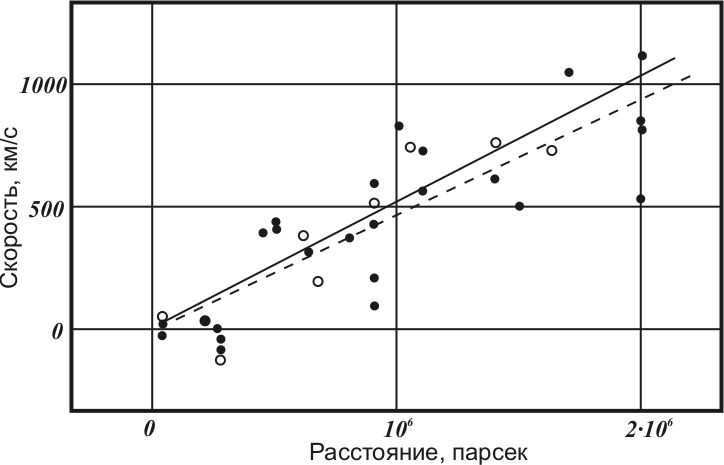
The Hubble-Lemeter law, also referred to as Hubble’s law, is a crucial principle in the field of cosmology that elucidates the correlation between the distance and speed of faraway galaxies within an expanding cosmos. This principle stands as the paramount evidence for the universe’s expansion and holds significant significance in contemporary observational cosmology.
Discovery and origin
The basis of Hubble’s law was established by Edwin Hubble, an American astronomer, during the 1920s. Utilizing the 100-inch Hooker telescope at the Mount Wilson Observatory in California, Hubble conducted extensive observations of distant galaxies in an effort to comprehend their characteristics and spatial distribution.
In 1929, Hubble released a groundbreaking paper presenting his discoveries, which included the identification of a relationship between the redshift of light emitted by galaxies and their distance. Redshift is a phenomenon where the wavelengths of light from an object are lengthened as it moves away from the observer, resulting in a shift towards the red end of the electromagnetic spectrum. Hubble’s observations demonstrated that galaxies further away have a higher redshift, indicating that they are moving away from us at a greater velocity.
Hubble’s Law Revisited
By carefully observing the universe, Hubble was able to derive a groundbreaking law that has since been named after him. This law can be mathematically expressed as follows:
v represents the velocity at which a galaxy is moving away from us (in kilometers per second),
H₀ denotes the Hubble constant, which reflects the current rate of expansion of the universe (in kilometers per second per megaparsec), and
d signifies the distance to the galaxy (in megaparsecs).
The Hubble constant, H₀, is a crucial parameter in our understanding of the universe as it describes the relationship between velocity and distance to galaxies. Accurately measuring the Hubble constant is therefore of great importance in modern cosmology as it provides valuable insights into the age and size of the universe.
Implications and Significance
Hubble’s Law has significant implications for our comprehension of the Universe. The observation that galaxies are moving away from us and from each other implies that the universe is undergoing expansion. This inference gave rise to the formulation of the Big Bang theory, which posits that the universe originated from a singularity and has been expanding continuously ever since.
Hubble’s law also enables the estimation of the age and distance of remote galaxies, even those that cannot be directly measured. By analyzing the redshift of light emitted by these galaxies, astronomers can determine their velocities and calculate distances using Hubble’s law. This data has been crucial in constructing a cosmic distance scale and enhancing our understanding of the overall structure of the Universe.
The Hubble Space Telescope, which was launched in 1990, has been instrumental in improving Hubble’s Law and obtaining a more precise measurement of the Hubble constant. By making highly accurate observations of distant objects, the Hubble Space Telescope has significantly enhanced our understanding of the universe’s age, dimensions, and rate of expansion.
Challenges and unresolved questions
While Hubble’s law has provided valuable insights into the nature of the universe, it is not without its challenges and unanswered questions. One ongoing debate revolves around determining the precise value of the Hubble constant. Different observational methods and data sets produce slightly different values, creating what is known as “Hubble tension” within the scientific community. Resolving this controversy is crucial for enhancing our understanding of the fundamental parameters of the Universe.
Furthermore, Hubble’s law only describes a local relationship between velocity and distance, assuming a constant rate of expansion. In reality, the expansion of the universe can vary over time due to factors like dark energy or the distribution of matter.
Conclusion
Hubble’s law, discovered by Edwin Hubble in the early 20th century, has become a fundamental concept in modern cosmology. It serves as the first direct evidence of the universe’s expansion and has greatly contributed to our current understanding of the cosmos. By establishing a relationship between the speed and distance of galaxies, Hubble’s law remains an invaluable tool for unraveling the mysteries of the universe and deepening our knowledge of its vast and ever-evolving nature.
Hubble’s law was revolutionary in the field of astronomy during its time. Edwin Hubble, an American astronomer, shattered the previous belief that the universe was static by proving its constant expansion at the beginning of the twentieth century.
Basic details
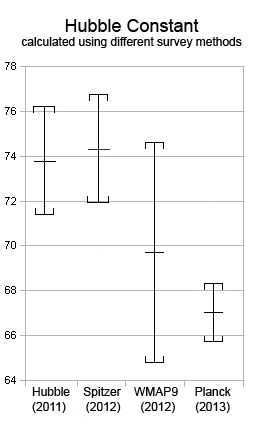
The Hubble constant: information from different spacecraft
The Hubble constant is a physical and mathematical equation that provides evidence for the ongoing expansion of our universe. Furthermore, the growth of outer space, where our Milky Way galaxy resides, exhibits homogeneity and isotropy. In other words, the Universe is expanding uniformly in all directions. The formulation of the Hubble constant not only supports the theory of the universe’s expansion but also encompasses the fundamental concept of its origin – the Big Bang theory.
The typical representation of Hubble’s law in scientific literature is v=H0*r. This equation relates the velocity of a galaxy (v) to its distance from the Earth (r) through the Hubble Constant (H0), which is a coefficient of proportionality. The Hubble Constant represents the speed at which cosmic objects move away from us.
There is an alternative statement of Hubble’s law found in certain sources: cz=H0*r. In this formulation, c represents the velocity of light, while z denotes the redshift – the displacement of spectral lines towards the longer-wavelength red end of the spectrum as objects move away. Other versions of this law can be found in the scientific literature. Nevertheless, despite the variations in wording, the fundamental concept of Hubble’s law remains unchanged, which is to explain the continuous expansion of our universe in every direction.
The law’s discovery
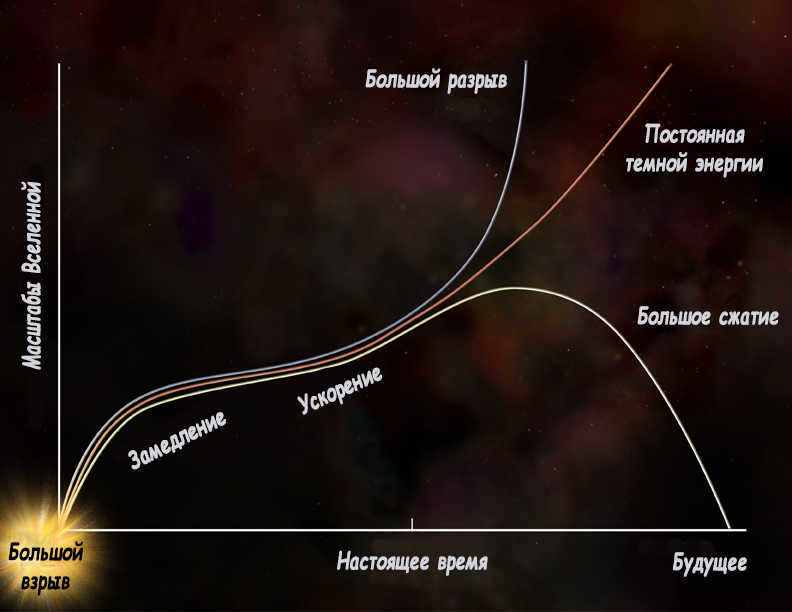
Measuring the Hubble constant allows scientists to determine the age and future trajectory of the universe.
Astronomical observations played a crucial role in the discovery of Hubble’s Law. In 1913, American astrophysicist Vail Slider made a significant observation – the Andromeda Nebula and other massive celestial objects were moving at high speeds relative to our solar system. This discovery led Slider to propose that these nebulae were not planetary systems forming within our galaxy, but rather stars forming beyond our galaxy. Subsequent observations of nebulae revealed that not only were they other galaxies, but they were also constantly moving away from us. This observation led the astronomical community to conclude that the universe is expanding continuously.
In 1927, Georges Lemaître, a scientist-astronomer from Belgium, conducted experiments that led to the discovery that galaxies in the Universe are in motion, moving away from each other in the vastness of outer space. Two years later, in 1929, Edwin Hubble, an American scientist armed with a powerful 254-centimeter telescope, made a groundbreaking observation. He found evidence supporting Lemaître’s findings and determined that the Universe itself is expanding, with galaxies drifting apart. Hubble’s observations allowed him to develop a mathematical formula that continues to accurately describe the fundamental principle of the Universe’s expansion. This formula holds immense significance for both theoretical and practical aspects of astronomy.
The Application and Significance of Hubble’s Law in the Field of Astronomy
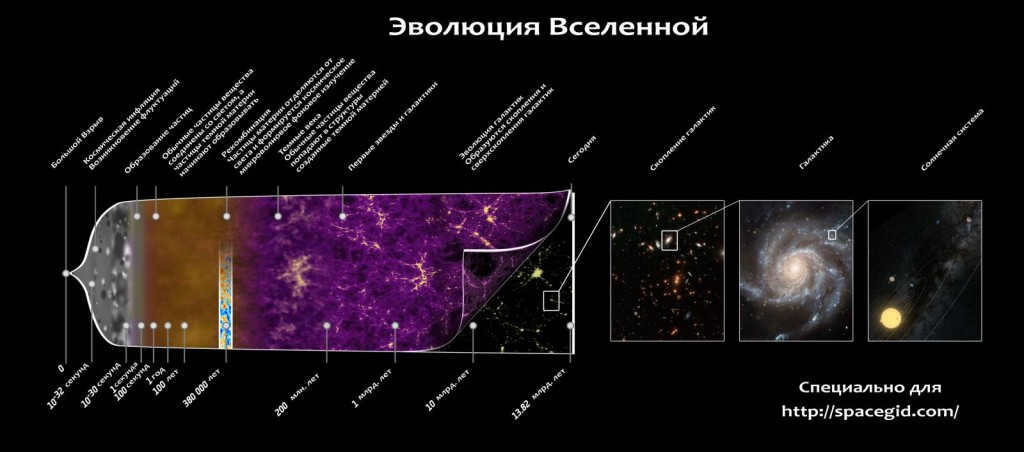
Hubble’s law plays a significant role in the field of astronomy. It is widely utilized by contemporary scientists in the development of various scientific theories and the observation of celestial objects in space.
Hubble’s Law (also known as the law of universal expansion of galaxies) is a cosmological principle that describes the expansion of the Universe. In different articles and scientific literature, it may be formulated differently, depending on the specialization and publication date. [1] [2] [3]
The original definition, as published in Hubble’s groundbreaking paper, states:
Where v represents the velocity of a galaxy, r represents its distance, and H 0 > is a coefficient of proportionality, now known as the Hubble constant.
However, in modern observational papers, this relationship is expressed in the following form:
The redshift, denoted as z, is a standard distance designation in all modern cosmological works. It is related to the speed of light, denoted as c, in the following equation:
z = c / H
Another form of Hubble’s law can be found in theoretical publications:
H = a ˙ ( t 1 ) a ( t 1 ) , (t_)>>,>
Here, a is a scale factor that depends only on time, and a ˙ > represents its derivative.
Hubble’s law is a fundamental observation in cosmology, serving as a basis for estimating the expansion time of the Universe, known as the Hubble age:
This value, accurate to a numerical multiplier of approximately one, corresponds to the age of the Universe calculated by the standard Friedman cosmological model.
Discovery History
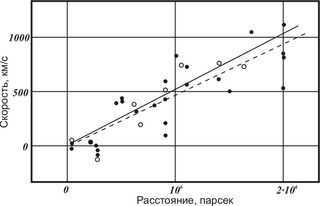

In 1927, Belgian scientist Georges Lemaître experimentally established a law that describes the expansion of the universe for galaxies [4]. This law was later confirmed by the renowned E. Hubble in 1929, who used a 100-inch (254 cm) telescope to observe nearby galaxies and resolve them into individual stars. Hubble was able to measure the distance of these galaxies by studying Cepheids and their period-luminosity relationship. Additionally, he determined the radial velocity of the galaxies through the observation of their redshift.
The proportionality factor determined by Hubble was approximately 500 km/s per megaparsec. The current value is 67.80 ± 0.77 km/s per megaparsec [5]. Two factors account for this notable discrepancy: the lack of a zero-point correction for absorption in the period-luminosity relation (which was not known at the time) and a significant inclusion of intrinsic velocities in the overall velocity for the local group of galaxies [6].
Theoretical interpretation of the observations [ ]
A diagram is provided to demonstrate that Hubble’s law is independent of the position of the galaxy from which the observation is made. On the left side of the diagram, the observation point is galaxy A, while on the right side, the observation point is galaxy B.
In the context of the Friedmann Universe, the modern explanation of the observations is presented. Let’s consider a source located in a companion system, at a distance r1 from the observer. The observer’s equipment detects the phase of the incoming wave. Now, let’s examine two point intervals that have the same phase [1]:
On the other hand, for a light wave in the adopted metric, the equality is satisfied:
By integrating this equation, we can derive:
Assuming that the coordinate r remains constant over time and the wavelength is much smaller than the curvature radius of the universe, we can derive the following equation:
If we substitute this equation into the original one:
Let’s decompose a(t) into a(t1) and consider only the terms up to the first order:
After rearranging the terms and multiplying by c:
c z = a ˙ ( t 1 ) a ( t 1 ) a ( t 1 ) c ( t – t 1 ) = H D (t_)>>c(t-t_)=HD>
Therefore, the Hubble constant can be expressed as:
H = a ˙ ( t 1 ) a ( t 1 ) (t_)>>>
Estimation of the Hubble constant and its physical significance [ ]
Main article: H0 refers to the contemporary era. The reciprocal of the Hubble constant should then be equivalent to the time that has passed since the expansion began, which is the age of the universe.
The value H0 is determined through observations of galaxies whose distances are measured without redshift (primarily the brightest stars or Cepheids). Most independent estimates of H0 give a value of 70-80 km/s at 100 7000-8000 km/s. Currently (2014), the most reliable (though model-dependent) estimate is considered to be the following H0 = (67.80 ± 0.77) (km/s)/Mpc [5].
The issue of estimating N0 is complex because galaxies have their own velocities in addition to the cosmological velocities caused by the expansion of the Universe. These peculiar velocities can reach several hundreds of km/s (over 1000 km/s for galaxies in massive clusters). As a result, Hubble’s law is poorly or not fulfilled at all for objects within a distance of 10-15 million light-years. These objects are the ones for which distances can be most accurately determined without relying on redshift.
Alternatively, if we replace the time in the redshift formula z = H 0 t t t> with the duration of one photon T = 1 ν , >,>, we can deduce that the Hubble constant represents the extent to which the frequency of a photon decreases in a single oscillation period, regardless of its wavelength. To determine the decrease in frequency of a photon, we multiply the Hubble constant by the number of oscillations completed: ν n = n H 0 . =nH_.>
Also see [ ]
- ↑ 1,01,1
- A.V. Zasov, K.A. Postnov. General Astrophysics. – Fryazino: Vek 2, 2006. – Pp. 421-432. – 496 p. – ISBN 5-85099-169-7. (refer to ISBN )
- D.S. Gorbunov, V.A. Rubakov. Introduction to the Theory of the Early Universe: Theory of the Hot Big Bang. – Moscow: LKI, 2008. – Pp. 45-80. – 552 p. – ISBN 978-5-382-00657-4. (refer to ISBN )
- Steven Weinberg. Cosmology. – Moscow: URSS, 2013. – Pp. 21-81. – 608 p. – ISBN 978-5-453-00040-1. (refer to ISBN )
- ↑ Hubble’s Law (Physics of Space: Small Encyclopedia).
- ↑ Hubble’s Law (Physics Encyclopedia. In 5 volumes)
- ↑Edwin Hubble in translation trouble : Nature News
- ↑ 5.05.1 P. A. R. Ade et al. (Planck Collaboration) (March 22, 2013). “Overview of products and scientific results”. Astronomy and Astrophysics1303: 5062. doi:10.1051/0004-6361/201321529. Bibcode: 2013arXiv1303.5062P.
- ↑Y. N. Efremov.The Hubble constant. Archived from the original source on August 11, 2011.
- Cosmology
- G.A. Tammann, B. Reindl, Cosmic Expansion and Ho: A Retro- and Pro-Spective Note
- G.A. Tammann, The Ups and Downs of the Hubble Constant.
- S.B. Popov, A.V. Toporensky, Not Gods Observe the Expansion of the Universe.
- S.B. Popov, A.V. Toporensky, Beyond the Horizon of Universal Events.
- Adam G. Riess, Lucas Macri, Stefano Casertano, Megan Sosey, Hubert Lampeitl, Henry C. Ferguson, Alexei V. Filippenko, Saurabh W. Jha, Weidong Li, Ryan Chornock, and Devdeep Sarkar.A Redetermination of the Hubble Constant with the Hubble Space Telescope from a Differential Distance Ladder.
- Around the WorldHubble address
- AcademicHubble/en/en/ address
- Astronet address
- ElementsHubble+&search address
- Scientific RussiaHubble&mode=2&sort=2 address
- CircumferenceHubble&results_per_page=10 address
- Science Network
- Tradition – address
- Cyclopedia – address
- Wikknowledge – Hubble address
- Bing
- Yahoo
- Yandex
- Mail.ru
- Rambler
- Nigma.RF
- Sputnik
- Google Scholar
- Aport
- Online translator
- Internet Archive
- Popular science movies on Yandex
- Documentary films
- List of wikis
- Wikis in Russian
- List of large Russian-language wikis
- Directory of wikis
- Russian-language wiki projects
- Wikiznanie: A curated list of wiki sites
- Popular science websites on the World Wide Web
- Discover the top popular science sites on our platform
- The ultimate collection of popular science websites
- Explore our directory of scientific sites
- SCIENCE IN THE RUNET: A comprehensive catalog of scientific and popular science websites
- Page 0 – a concise article
- Miscellaneous page – on pages: Please provide your input in the “Reader Comments: [ ]” section
- The planets’ orbits are elliptical in shape, with the Sun occupying one of the foci of the ellipse.
- The areas described by vectors drawn from the planets to the Sun are equal for equal time intervals.
- The squares of the planets’ orbital periods around the Sun are proportional to the cubes of their average distances from the Sun.
- $G$ represents the gravitational constant,
- $m_1$ and $m_2$ denote the masses of the interacting bodies,
- $r$ signifies the distance between them,
- $F$ stands for the force of attraction.
References [ ]
Reevaluate Hubble’s Law and locate it at:
There are several laws that govern the field of astronomy:
Kepler’s Laws
Kepler’s Laws. Johannes Kepler (1571-1630), a German scientist, published a scientific work called The Harmony of the World. In this work, he derived laws that describe the motion of planets:
Law #1 of Kepler. The planets’ characteristic trajectory takes the shape of a closed curve, specifically an ellipse, with the Sun’s position being one of the foci. Each orbit has two foci, which are a pair of points that remain at a constant distance from the elliptical orbit. Kepler discovered that all the planets in the solar system follow orbital paths that lie in a single plane. Among these paths, the orbits of Pluto and Mars have the greatest elongation, while the orbits of other planets resemble circles. This is why Kepler’s first law is informally known as the law of ellipses.
Kepler’s second law states that: The velocities of planets are highest when they are closest to the Sun (at solar perihelion) and lowest when they are farthest from the Sun (at solar aphelion). In other words, when a planet is at its minimum distance from the Sun, it moves faster, and when it is at its maximum distance, it moves slower. This law can be summarized as follows: all planets orbit in a plane that passes through the center of the Sun, and the line connecting the Sun to a planet, when swept out over equal time intervals, covers equal areas.
Kepler’s Third Law. This law states that the squares of the periods of complete revolution of the planets are directly proportional to the cubes of the semi-major axes of their orbits. The third law of Kepler illustrates the relationship between a planet’s distance from its star and the time it takes to complete one orbit.
Despite their high accuracy (with an error of less than 1%), Kepler’s laws were derived from observations and inferences. They were mathematically justified in 1682 with the discovery of the law of universal gravitation (see below).


Figure 1: Kepler’s laws (a – first, b – second, c – third). Author24 – Online Student Paper Exchange
Law of Gravity in the Universe
The law known as the law of gravity in the universe was formulated by Isaac Newton (1643-1727), who postulated that all bodies in nature exert an influence on each other, resulting in mutual attraction.
The forces at work in this phenomenon are gravitational forces, also known as universal gravitation forces. These forces are present in all objects within the Universe.
Newton introduced the formula for the law of universal gravitation:
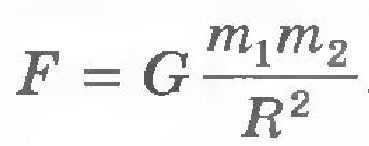
Figure 2: The Law of Universal Gravitation. Author24 – an online platform for sharing student works
Hence, according to the law of universal gravitation, it is stated that any material points (bodies) attract each other with a force that is directly proportional to the product of their masses and inversely proportional to the square of the distance between them. The force acts along the line that connects these bodies.
The law mentioned above gives the gravitational constant a physical significance. When the masses of two bodies, $m_1$ and $m_2$, are both equal to 1 kg and the distance between them, $r$, is 1 m, the gravitational constant, $G$, is equal to the gravitational force, $F$. The value of the gravitational constant is $G = 6.67 \times 10^{-11}$ N-m²/kg². Gravitational forces can act between any material bodies, but they are most noticeable when the bodies (or one of the bodies) have large masses.
One specific type of gravitational force is the force of attraction between bodies and planets, such as the Earth. This force is known as the force of gravity and it gives all bodies an acceleration called free fall acceleration. This acceleration can be derived from Newton’s second law:
The value of $g$, which is the acceleration of free fall at the Earth’s surface, is approximately $9.8 m/s^2$. Gravity always pulls objects towards the center of the Earth.
When an object is accelerating, its weight can be defined as:
Where $a$ is the acceleration of the object moving up or down. Therefore, when an object is in free fall or moving through space with an acceleration equal to the acceleration of free fall, its weight becomes zero – resulting in weightlessness.
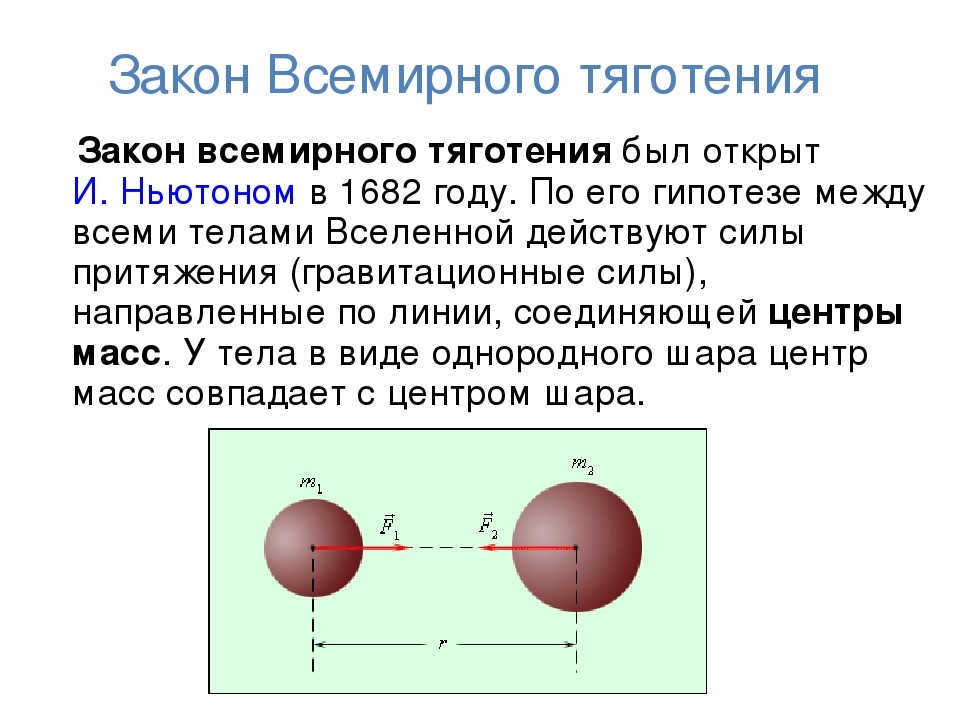
Figure 3: The Law of Universal Gravitation. Author24 – Online Student Paper Exchange
Hubble’s Law
Hubble’s Law, discovered by American astronomer Edwin Hubble (1889-1953), demonstrates the constant expansion of our universe. In this case, the expansion of the region of the universe where the Milky Way Galaxy (our Galaxy) is located is characterized by isotropy and homogeneity, meaning it expands uniformly in all directions. Hubble’s law not only supports the theory of the universe’s expansion but also the main theory of its formation, the Big Bang. The most commonly used formulation of Hubble’s law is as follows:
where $V$ represents the velocity of the galaxy, $h_0$ is a proportionality constant that connects the distance between the Earth and a celestial object with the rate at which it is moving away (also known as “Hubble’s Constant”), and $R$ is the distance to the galaxy structure.
There exists an alternative formulation of Hubble’s law:
Where $C$ stands for the speed of light, $Z$ denotes the redshift – the displacement of spectral lines towards longer wavelengths as chemical elements move away, resulting in a shift towards the red end of the spectrum. There are other definitions of this law that do not alter its fundamental meaning.
Hubble’s Law holds a significant position in the field of astronomical science. It is extensively utilized by contemporary astronomers in the formulation of various scientific hypotheses, as well as in the conduct of space observations.
The primary importance of Hubble’s law in the field of astronomy lies in its confirmation of the hypothesis of the Universe’s constant expansion. Furthermore, it serves as additional validation for the prevailing theory of the Big Bang and, as widely accepted today, it deserves recognition as the impetus for the onset of universal expansion. Hubble’s discovery of this law elucidated the fact that the expansion of the Universe is uniform in all directions.
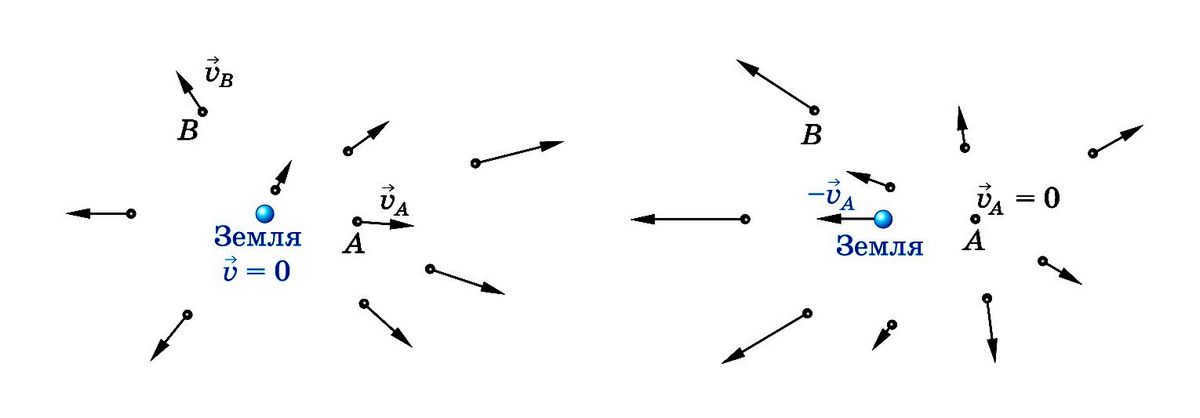

Figure 4: Hubble’s Law. All objects in the universe are continuously moving apart from each other, with no central point of expansion. Author24 – An online platform for sharing student papers
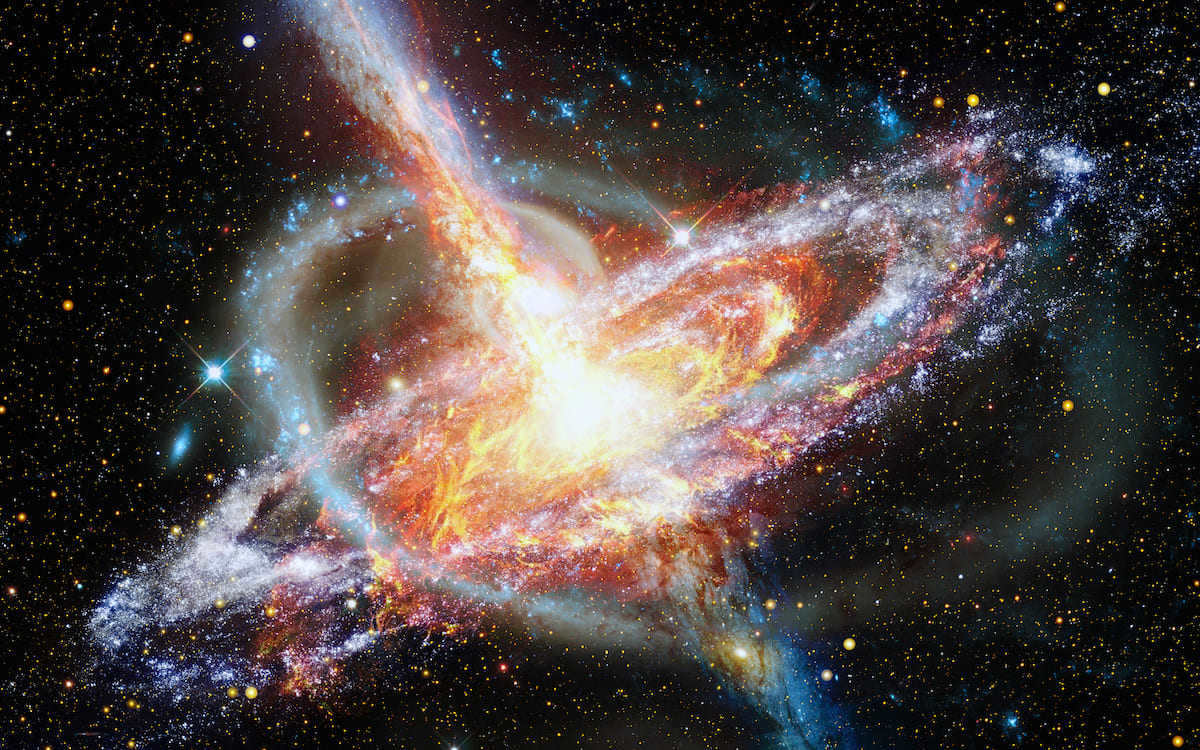
There is a continuous expansion of the universe, causing stars and galaxies to gradually move further apart from us. In collaboration with astrophysicist Sergei Popov, we have explored the reasons behind this phenomenon and its implications on the distance between Earth and the Sun.
Discovery of the Expansion of the Universe
In 1929, Edwin Hubble published a groundbreaking paper that introduced the concept of the expansion of the Universe. Through his research, Hubble measured the distance to galaxies and determined their velocities relative to us. He observed that the vast majority of galaxies were moving away from us, and their speed increased with their distance from Earth.
Hubble’s remarkable findings built upon earlier conclusions drawn from the general theory of relativity. Scientists Alexander Friedman and Georges Lemaître applied the equations of this theory to the entire universe and deduced that, due to the force of gravity, the universe could not remain in a static state. Instead, it must either expand or contract.
Origin of the Big Bang Theory
Following the revelation of the universe’s expansion, cosmologists deduced that every galaxy must have originated from a single point – thus, the concept of the Big Bang theory was born. All the observable matter was once densely compressed into a smaller space, existing in a state of intense heat, and the subsequent expansion occurred at an accelerated pace. However, it is important to note that there is no distinct focal point from which galaxies are dispersing.
The Universe’s Expansion Rate
In the beginning, the Universe underwent rapid expansion, but then it began to slow down. It was expected that galaxies would eventually stop moving apart, and indeed, the expansion did slow down at one point. However, the trend then reversed, and the expansion started accelerating again. The reason for this change is still unknown, and it remains uncertain whether the expansion will eventually slow down once more.
As the Universe continues to expand, there will come a time when the number of observable cosmic objects will decrease. However, this will occur billions of years in the future. The expansion processes take such a long time that we do not witness galaxies dispersing in real-time dynamics.
Studying the Expansion of the Universe
Scientists are unable to directly measure the distance between galaxies today and ten years ago. However, what they can observe is a shift in redshift, which is when the wavelength of visible light emitted by an observed object increases for the observer. To put it simply, as a galaxy moves farther away from us and at a faster rate, the observed spectrum appears more red.





